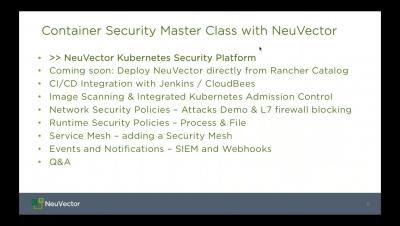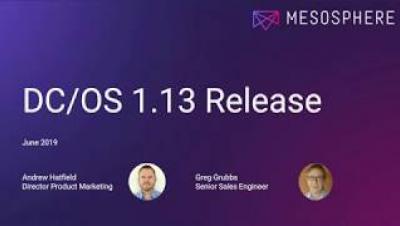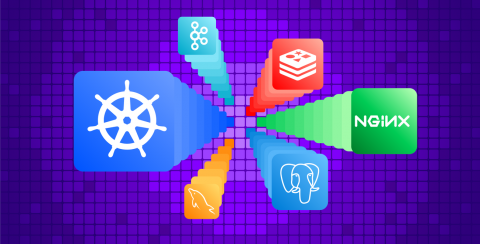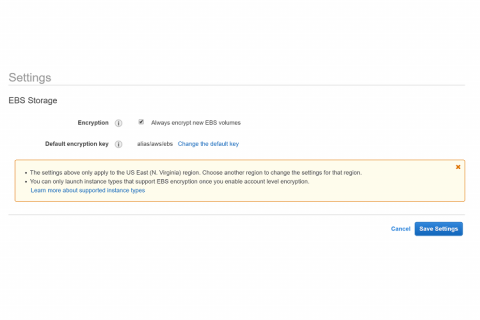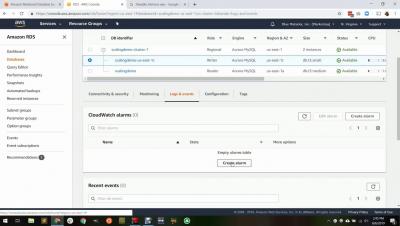Operations | Monitoring | ITSM | DevOps | Cloud
DevOps
The latest News and Information on DevOps, CI/CD, Automation and related technologies.
Well, Isn't That Convenient? - The 4 Cs of Quality IT Monitoring Tools
Some things in life are easy and some things are hard. Sleeping-in on weekends (provided you don’t have small children), shifting into 6th gear and ‘flooring it’ on a deserted stretch of Eastbound I-70, and taking a swig of Breckenridge Brewery’s Vanilla Porter go in the “Easy” column. What kinds of things are on the “Hard” side of the ledger?
Write to S3 and call other Lambdas with Python
Many people writing about AWS Lambda view Node as the code-default. I’ve been guilty of this in my own articles, but it’s important to remember that Python is a ‘first-class citizen’ within AWS and is a great option for writing readable Lambda code. Take a look at these two starter examples of writing functionality in Python.
Enhance Cloud Operations and Productivity with Mesosphere DC/OS 1.13
Production-Grade Ingress Solution Using Citrix and Rancher
This post outlines how to build a production-grade ingress solution using Citrix ADC on Rancher. Customers can confidently expose end user traffic to microservices or legacy workloads on Kubernetes clusters on Rancher using this solution.
Install updated Datadog integrations as they become available
We’re excited to announce a new feature that enables you to install updates to your Datadog Agent integrations as soon as they are released. That means that you can make use of new or updated integrations right away, without waiting for a full release of the Datadog Agent.
Use Caution When Enabling Default Encryption of New EBS Volumes
Amazon has enabled a great new feature for cloud security: Default Encryption for New EBS Volumes. When enabled in a region, any new EBS volume that is created will automatically by encrypted with the configured KMS key. At first glance, this sounds great. However, here there be monsters, as the saying goes, if you are copying EBS snapshots or AMI images across AWS accounts.
When to Scale Up in RDS: Freeable Memory
Dmitri says "good bye"
Dear StackStorm. You have grown up. The time has come for us to part ways. You will continue the life of mature, established open-source project, with growing community. I will step aside, watch with pride your successes, and be always here to help when you need me.
Deploying a serverless data processing workflow with AWS Step Functions
This is the first of a two-part blog series. In this post we’ll use Stackery to configure and deploy a serverless data processing architecture that utilizes AWS Step Functions to coordinate multiple steps within a workflow. In the next post we’ll expand this architecture with additional workflow logic to highlight techniques for increasing resiliency and reliability.


